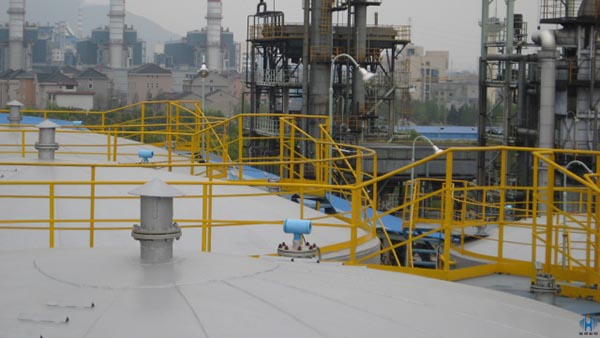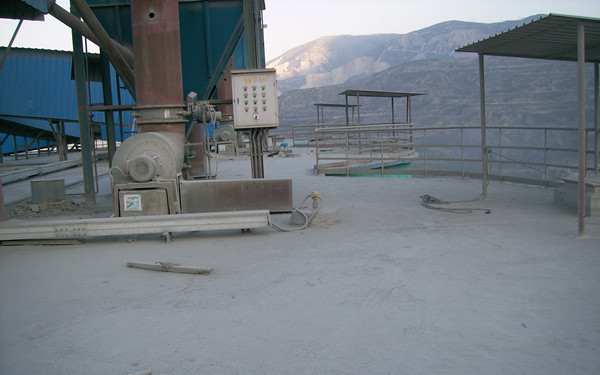In the cement industry, radar level meters are often used to measure the level of the material in order to facilitate observation and safe production. Today, the characteristics of different media in the cement industry and the features of radar level meters are combined to illustrate what are the selection principles of radar level meters in the cement industry.

Generally in the cement industry, the main focus is on the level measurement of solid materials, of which there are many different types, lumpy, granular, and powdered, which also have different dielectric constants, bulk densities, temperatures, and moisture contents.
Contact measurement was the main method of level measurement in the past, for example capacitive, weighted hammer, tuning fork, and resistance rotary measurement methods. As the instrument and the material are in contact during the measurement process, various problems often arose during use.
This situation later changed with the advent of radar level meters, which became the mainstream measuring instrument in the cement industry. Its penetrating power and propagation speed are not affected by dust, vapourization, and medium composition, and propagation attenuation is also very small; for the solid material being measured, the temperature and pressure density of the material is almost constant, except for the dielectric constant >18. In addition, on-site commissioning is simple, with special software, the correct echo can be quickly found and immediately converted to level values.

Here to share with you, the radar level meter measurement of two different types of materials when the selection principles. One is the selection of granular materials.
The raw materials of cement plants are mostly granular materials, but also some are lumpy materials, such as limestone, raw coal, shale, etc.
Clinker semi-finished products are also granular materials. When stored in a warehouse or depot, the material has a resting angle but also a reflective interface.
After determining the effective range based on the angle of repose of the material formed by the incoming and outgoing material and the surface conditions, non-contact radar level meters, i.e. level meters with a rod or horn-shaped antennas, are recommended.
Another type of selection is for powdered materials. There are also some powdered materials in the cement industry, which are difficult to measure their level. Some of the powder surfaces are extremely loose and microwave reflection is very difficult. It is therefore recommended to use a contact radar level meter, or a non-contact radar level meter with a large flanged horn antenna. The microwave pulse is emitted from the probe and travels along the cable.
When the pulse meets the surface of the material the cable reflects it back over a range of up to 35m, the minimum dielectric constant of the material being measured. In addition, the abrasion resistance and maximum downward pull of the cable can withstand the force required to detect various powder silos in cement plants.
Many cement plants have used cable-type radar level meters for level measurement in homogenization silos, cement silos, and fly ash silos, all of which have achieved good results.

In fact, not only the cement industry but also other industries, need to choose the right radar level meter for measurement according to different media types and different types of working conditions, in order to be accurate and at the same time ensure safe production.
